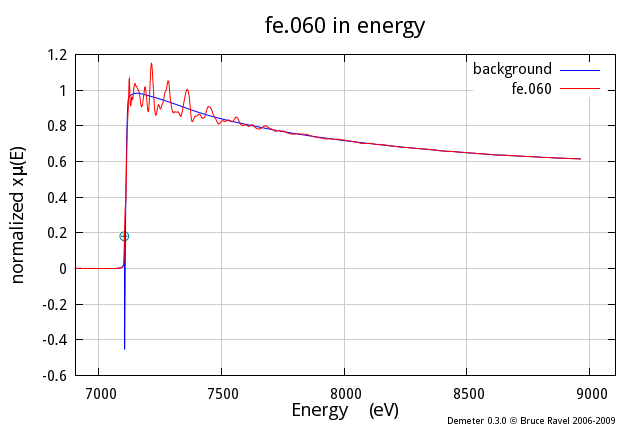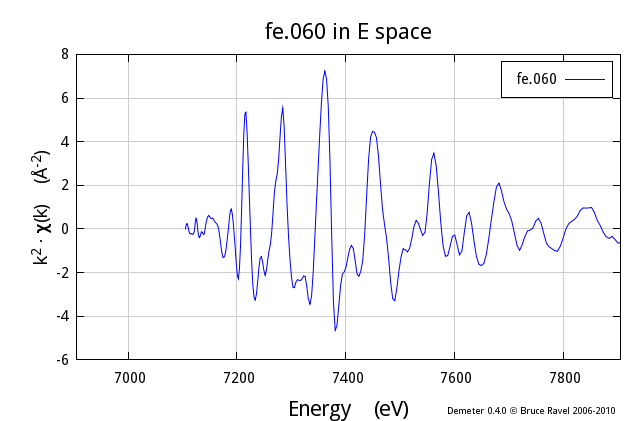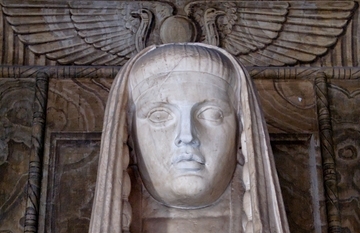4.4. Plot object¶
The Plot object is used to control the details of how plots are made and displayed by DEMETER programs. It is useful to consider how ATHENA works in order to understand the relationship of the Plot object to the rest of DEMETER. In ATHENA, the plot controls are separate from the controls for the parameters of any individual data set. For example, the range over which data are plotted in energy or R-space is, in some, sense, a global parameter not associated with a particular data set. The Plot object serves this role. The details of the plot in DEMETER are global. To plot a plottable object (Data, Path, or any of the Path-like objects), DEMETER consults the Plot object for those details.
To make the Plot object readily accessible at all times in your program,
the po method is a method of the base class and is inherited by all
DEMETER objects. Thus, given any object, you can “find” the Plot object
like so:
$the_plot_object = $any_object -> po;
Any method of the plot object is easily called by chaining with the
po method. For example to start a new plot (as opposed to
overplotting), you do this
$any_object -> po -> start_plot;
The start_plot method reinitializes the Plot object to begin a new
plot. Along with clearing the plotting display, this restarts the trace
colors and resets the plot title.
4.4.1. Plotting in energy¶
4.4.1.1. Data, background, pre-edge, & post-edge¶
my @eplot = (e_mu => 1, e_bkg => 1,
e_norm => 0, e_der => 0,
e_pre => 1, e_post => 1,
e_i0 => 0, e_signal => 0,
e_markers => 1,
emin => -200, emax => 2000,
space => 'E',
);
$data -> po -> set(@eplot);
$data -> po -> start_plot;
$data -> plot;
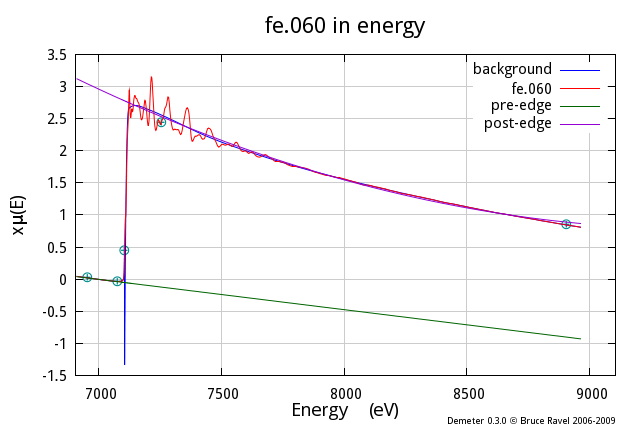
Fig. 4.1 This example demonstrates the common and useful plot showing the data
along with the background function and the regressed polynomials used
to normalize the data. Note that the Plot object has a number of
boolean attributes which turn features of the energy plot on and
off. Also note that the range of the plot is set by the values of the
emin and emax attributes of the Plot object.
Also note that, as was discussed in the chapter on the Data object, there is no need to explicitly perform the data normalization or background removal. DEMETER knows what needs to be done to bring the data up to date for plotting and will perform all necessary chores before actually generating the plot. This allows you to focus on what you need to accomplish.
One final point about this example. I have created the @eplot array
to hold the attributes of the Plot object. I then pass that array as the
argument of the set method of the Plot object. Those attributes
could be listed as explicit arguments of the set method. As always
in perl, there's more than one way to do
it.
4.4.1.2. Normalized data & background¶
my @eplot = (e_mu => 1, e_bkg => 1,
e_norm => 1, e_der => 0,
e_pre => 0, e_post => 0,
e_i0 => 0, e_signal => 0,
e_markers => 1,
emin => -200, emax => 2000,
space => 'E',
);
$data -> po -> set(@eplot);
$data -> bkg_flatten(0);
$data -> po -> start_plot;
$data -> plot;
4.4.1.3. Flattened data & background¶
my @eplot = (e_mu => 1, e_bkg => 1,
e_norm => 1, e_der => 0,
e_pre => 0, e_post => 0,
e_i0 => 0, e_signal => 0,
e_markers => 1,
emin => -200, emax => 2000,
space => 'E',
);
$data -> po -> set(@eplot);
$data -> bkg_flatten(1);
$data -> po -> start_plot;
$data -> plot;
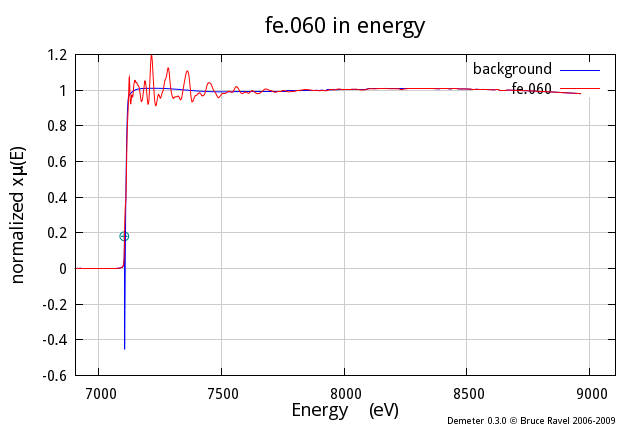
Fig. 4.3 This example shows how to plot the flattened data and background function, that is, the normalized data with the difference in slope and quadrature between the pre- and post-edge lines subtracted out after the edge.
Note that the switch for turning flattening on and off is an attribute of the Data object not the Plot object. This allows the option of overplotting one data set that is normalized with another that is flattened.
4.4.1.4. Derivative of mu¶
my @eplot = (e_mu => 1, e_bkg => 0,
e_norm => 0, e_der => 1,
e_pre => 0, e_post => 0,
e_i0 => 0, e_signal => 0,
e_markers => 0,
emin => -20, emax => 120,
space => 'E',
);
$data -> po -> start_plot;
$data -> set(name=>'derivative') -> plot;
$data -> po -> e_norm(1);
$data -> set(name=>'norm. deriv.') -> plot;
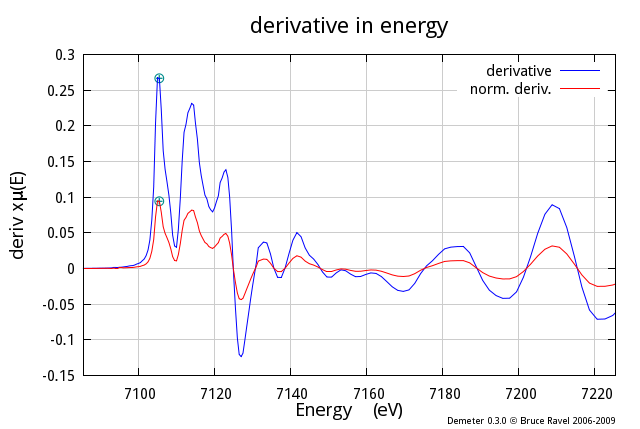
Fig. 4.4 This shows how things get overplotted, in this case the derivative of μ(E) and the derivative of normalized μ(E).
This example shows two interesting features we haven't yet seen. The
overplotting happens simply by calling the plot mthod a second
time without calling start_plot. In this way, any number of things
can be overplotted.
Also note the use of chained method calls to set the Data object's
name attribute appropriately before plotting. The name method
always returns the object that called it, which allows for this sort
of chaining magic to happen. There is no advantage to chained method
calls – you could rename the Data object and then plot it in the
subsequent line. The cahined calls are a bit more concise.
4.4.1.5. Data, I0 channel, & signal channel¶
my @eplot = (e_mu => 1, e_bkg => 0,
e_norm => 0, e_der => 0,
e_pre => 0, e_post => 0,
e_i0 => 1, e_signal => 1,
e_markers => 0,
emin => -20, emax => 120,
space => 'E',
);
$data -> po -> start_plot;
$data -> plot;
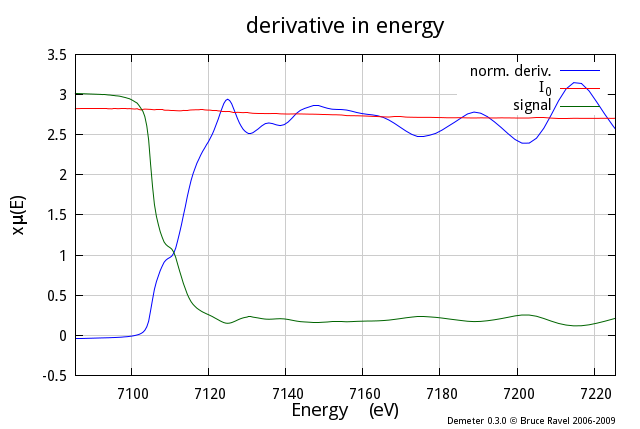
Fig. 4.5 DEMETER saves arrays containing I0 and the signal channel, which can then be plotted along with the data. DEMETER takes care to scale these arrays so that they plot nicely with the data.
4.4.1.6. Data at two different edges with E0 subtracted¶
my @common = (bkg_rbkg => 1.5,
bkg_spl1 => 0, bkg_spl2 => 18,
bkg_nor2 => 1800,
bkg_flatten => 1,
);
my @data = (Demeter::Data -> new(),
Demeter::Data -> new(),
);
foreach (@data) { $_ -> set(@common) };
$data[0] -> set(file => "$where/data/fe.060.xmu",
name => 'Fe 60K', );
$data[1] -> set(file => "$where/data/cu010k.dat",
name => 'Cu 10K', );
## decide how to plot the data
$plot -> set(e_mu => 1, e_bkg => 0,
e_norm => 1,
e_pre => 0, e_post => 0,
e_zero => 1,
emin => -30, emax => 150,
);
$data[0] -> po -> start_plot;
foreach (@data) { $_ -> plot('E') };
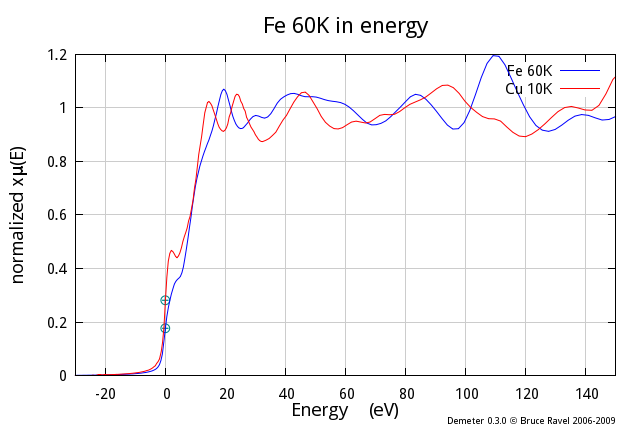
Fig. 4.6 DEMETER offers an easy way to plot μ(E) data with
the E0 value subtracted. This places the edge at 0 on the
x-axis, allowing you to overplot data from different edges. When
the e_zero attribute of the Plot object is set to 1, each Data
object's bkg_eshift attribute is temporarily set so that the
edge will show up at 0 in the plot.
4.4.2. Plotting in k¶
4.4.2.1. Plotting in k-space¶
$data -> po -> start_plot;
$data -> po -> kweight(2);
$data -> plot('k');
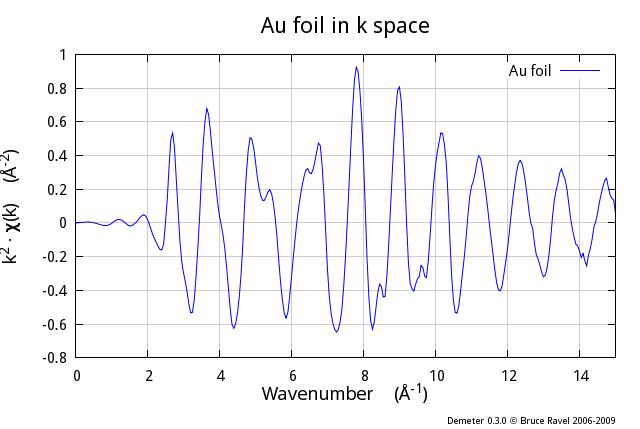
Fig. 4.7 Again, DEMETER will take care of the background removal when you request a plot in k-space. Note that the k-weight to use for plotting is an attribute of the Plot object.
4.4.2.2. Plotting in chi(k) in energy¶
$data -> po -> start_plot;
$data -> po -> set(kweight=>2, chie=>1);
$data -> plot('k');
4.4.2.3. k-space with all three k-weights¶
$data -> po -> start_plot;
$data -> plot('k123');
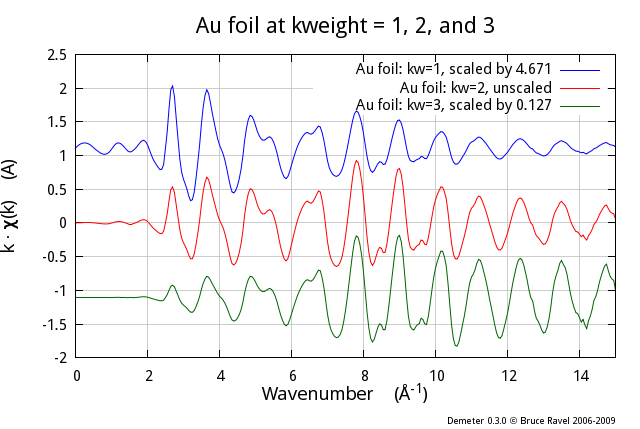
Fig. 4.9 DEMETER has several types of interesting, pre-defined plots. One of these, the “k123 plot”, will overplot the data three times, once each with k-weight values of 1, 2, and 3. The copy of the data with k-weight of two is plotted normally. The other two copies are scaled up or down to be about the same size as the k-weight of 2 copy. The data are analyzed and the scaling and offset constants are chosen to be appropriate to the data.
4.4.3. Plotting in R¶
4.4.3.1. Magnitude in R-space & R-space window¶
$data -> po -> set(kweight => 2, r_pl => 'm', space => 'r', );
$data -> po -> start_plot;
$data -> plot -> plot_window;
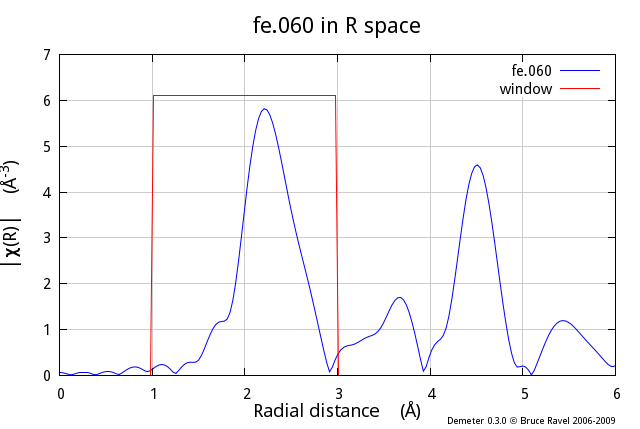
Fig. 4.10 This example shows a common kind of plot, χ(R) data with the
back-Transform windowing function, which is also used by
DEMETER as the fitting range when a fit is evaluated in
R-space. The r_pl attribute of the Plot object is set to m,
indicating that the magnitude of χ(R) should be plotted.
Note that the plot_window method was indicated in a chained method
call. This is not required, but is possible because the plot
method returns the calling object.
The plot_window method observes the value of the Plot object's
space attribute. That is, if the plot s being made in k or q, the
k-space window will be plotted. If the plot is being made in R, the
R-space window will be plotted.
4.4.3.2. Data in R-space as envelope, real part, & imaginary part¶
$data -> po -> set(kweight => 2, r_pl => 'e', space => 'r');
$data -> po -> start_plot;
$data -> plot;
$data -> set(name=>'Real part');
$data -> po -> set(r_pl => 'r', );
$data -> plot;
$data -> set(name=>'Imaginary part');
$data -> po->set(r_pl => 'i', );
$data -> plot;
$data -> set(name=>'fe.060'); ## reset original name
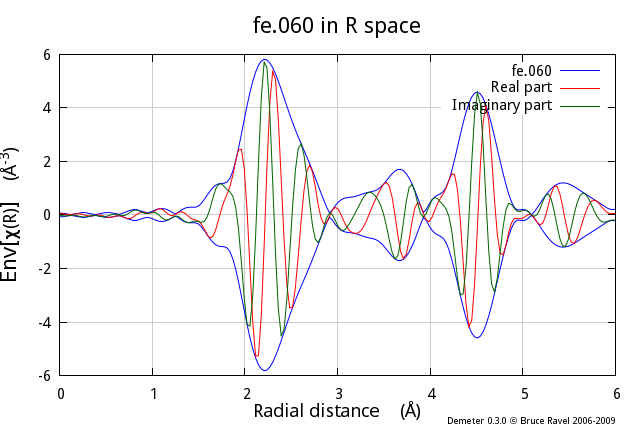
Fig. 4.11 Multiple parts of the complex χ(R) are overplotted by
repeatedly plotting data in R-space without calling the
start_plot method. The value of r_pl is set between each
part of the plot. Note that the “envelope” is the magnitude
plotted twice, multiplied by -1.
4.4.3.3. R-space with all three k-weights¶
$data -> po -> start_plot;
$data -> plot('r123');
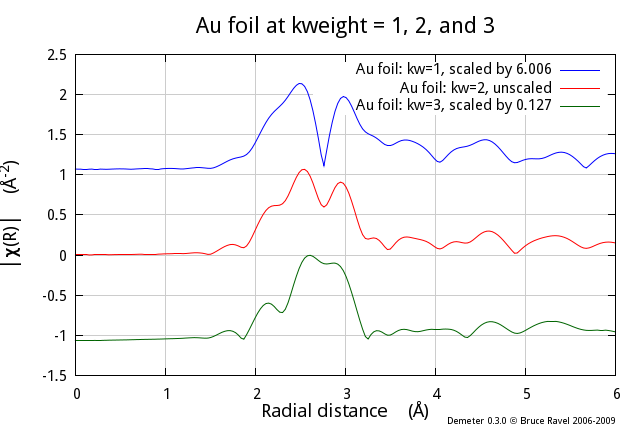
Fig. 4.12 The “R123 plot” is another pre-packaged specialty plot
types. This one, is just like the “k123” plot in that
three copies of the data are overplotted using each of the three
k-weights with scaling and offset computed automatically. This
“R123” plot was plotted as the magnitude of χ(R). The
“R123” plot respects the value of the r_pl attribute of
the Plot object.
4.4.3.4. Magnitude and real part in R space¶
$data -> po -> start_plot;
$data -> po -> kweight(2);
$data -> plot('rmr');
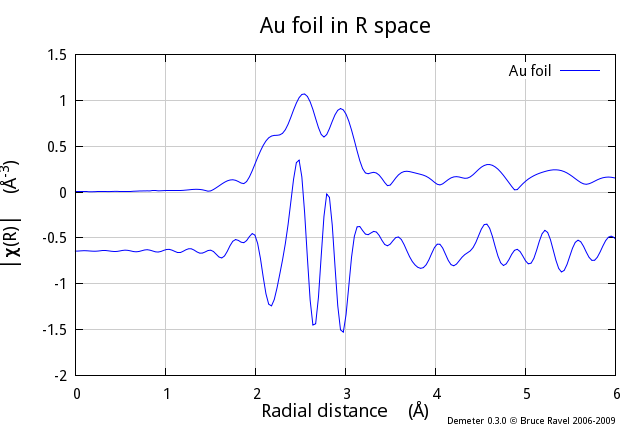
Fig. 4.13 The “Rmr plot” is the third of the pre-packaged specialty plot types. This one plots the magnitude and real part of χ(R) with an appropriate offset between them. This is the default plot type made after a fit finishes. In that case, the data and fit are overplotted as magnitude and real.
4.4.4. Plotting in q¶
4.4.4.1. Plotting in back-transform k-space¶
$data -> po -> set(kweight => 2, q_pl => 'r');
$data -> po -> start_plot;
$data -> plot('q');
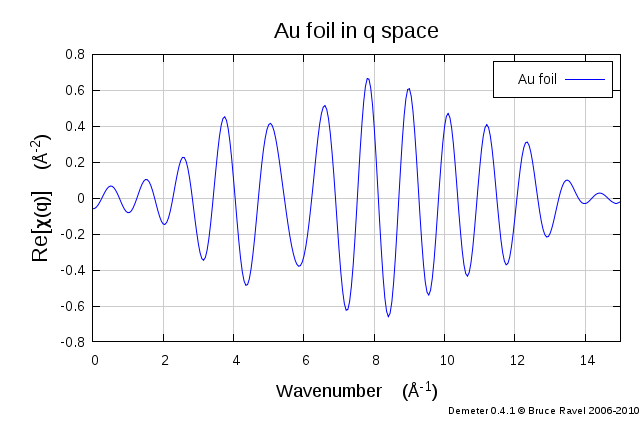
Fig. 4.14 Plotting the back-transformed χ(q) is specified by plotting
in q. The part of the complex χ(q) is specified using the
q_pl attribute of the Plot object.
4.4.4.2. k-space & the real part of back-transform k-space¶
$data -> po -> start_plot;
$data -> po -> kweight(2);
$data -> plot('kq');
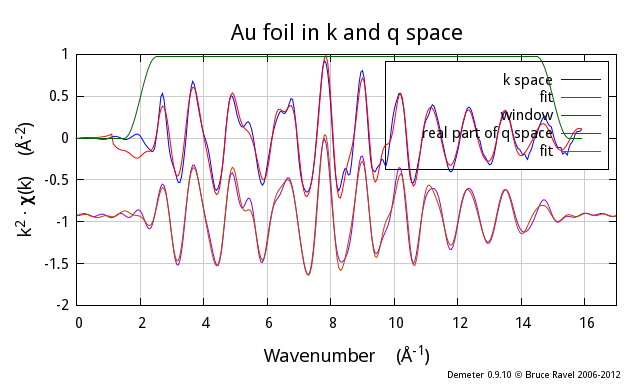
Fig. 4.15 Another specialty plot type in DEMETER, the “kq plot”. This overplots χ(k) with the real part of χ(q).
DEMETER is copyright © 2009-2016 Bruce Ravel – This document is copyright © 2016 Bruce Ravel
This document is licensed under The Creative Commons Attribution-ShareAlike License.
If DEMETER and this document are useful to you, please consider supporting The Creative Commons.
